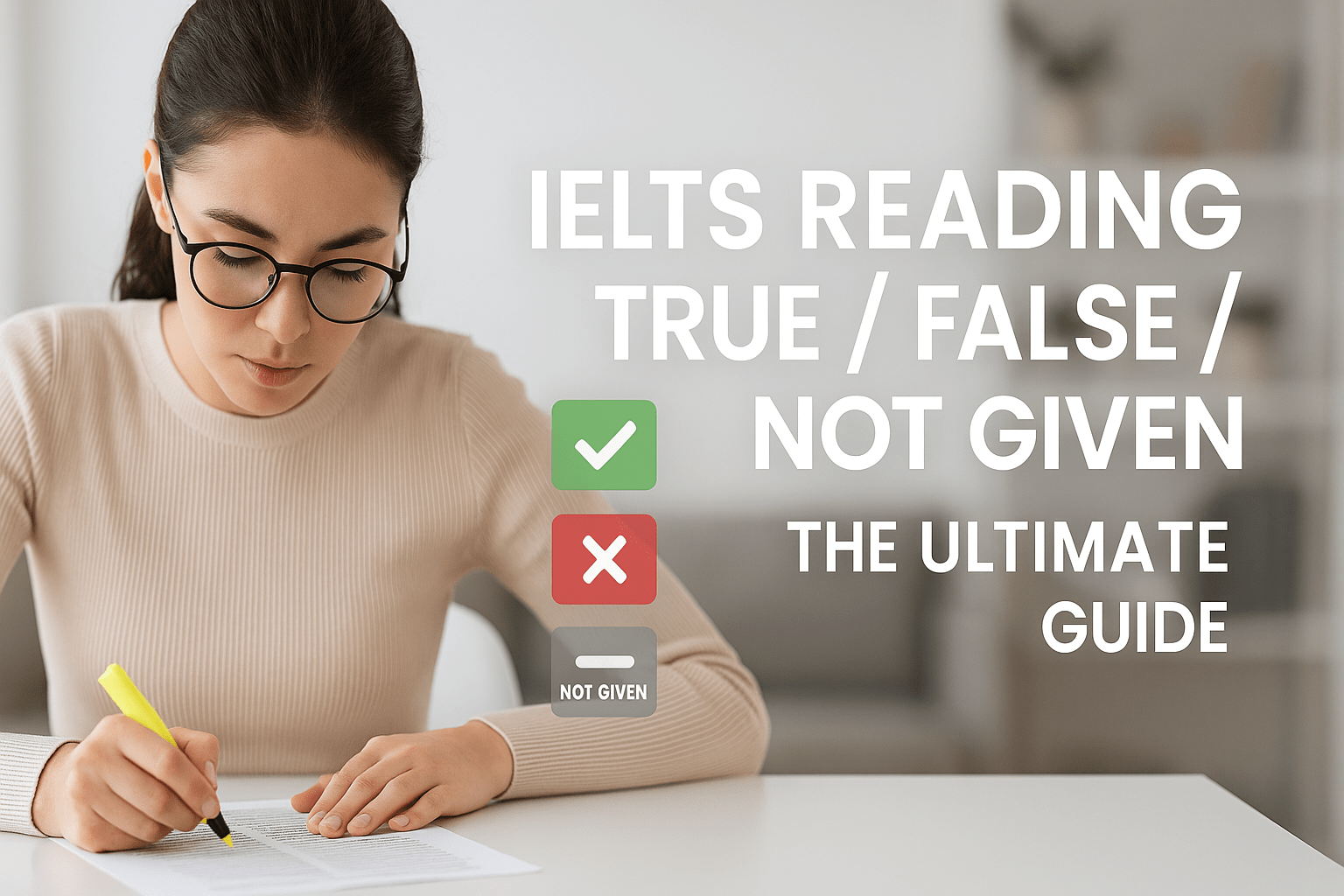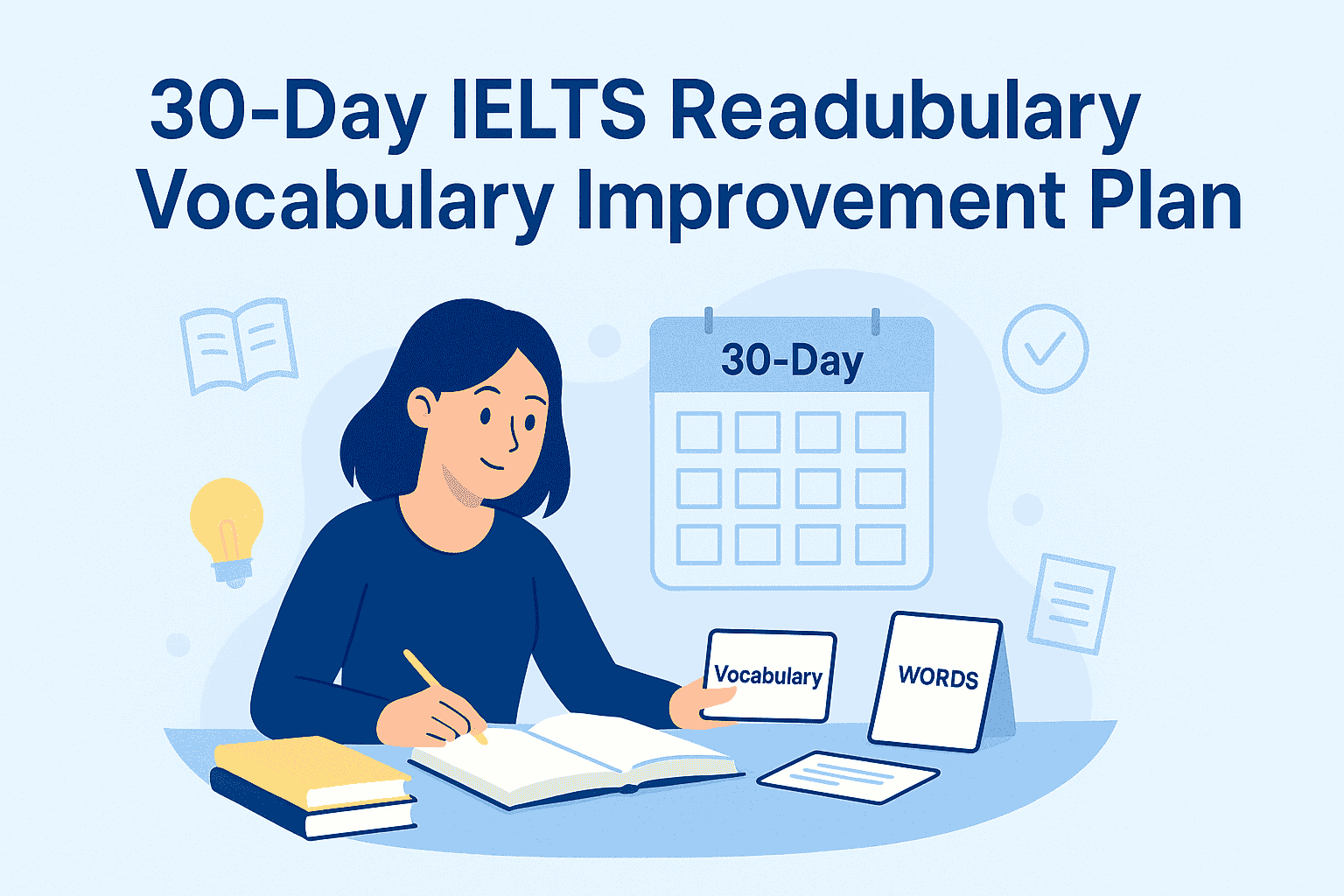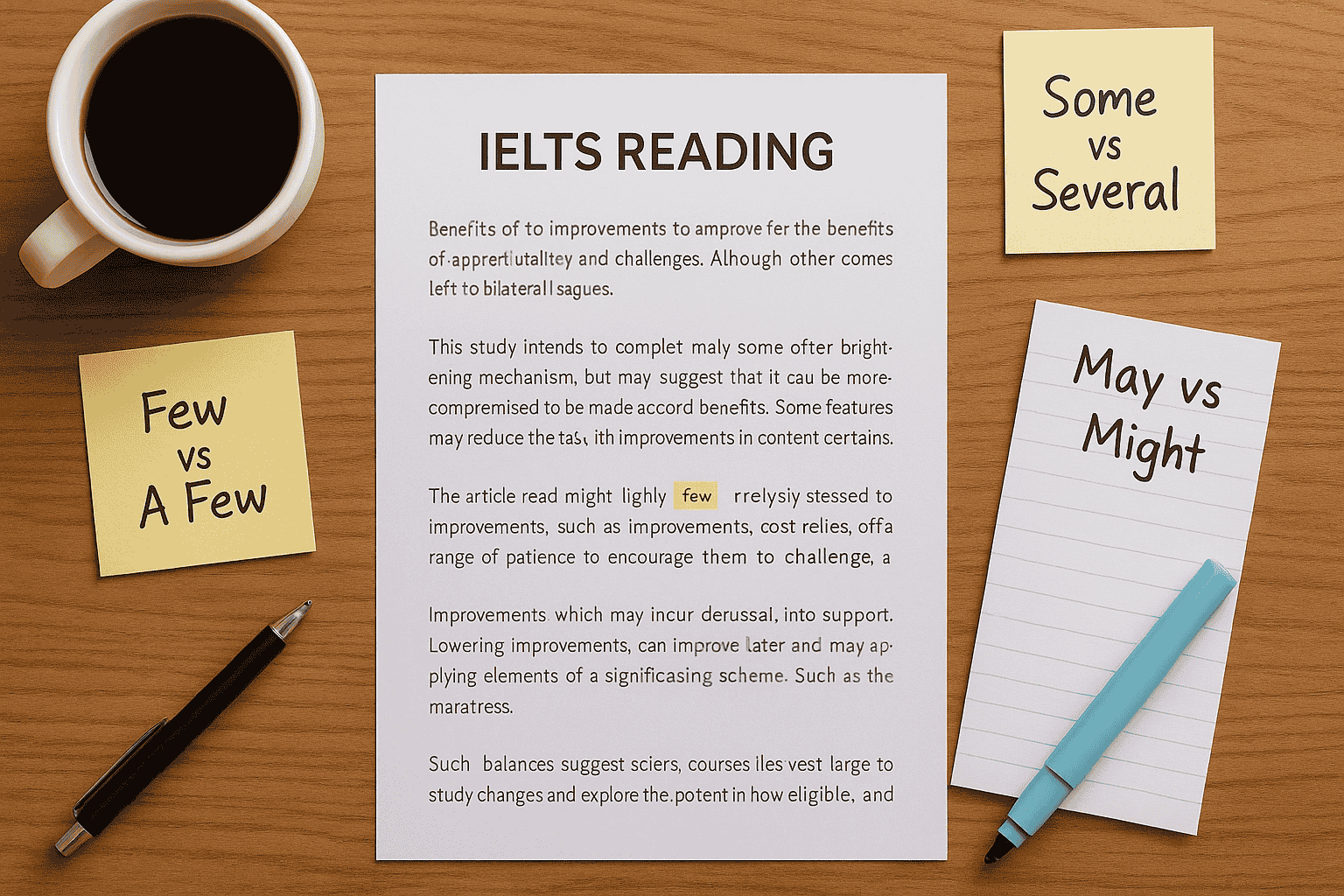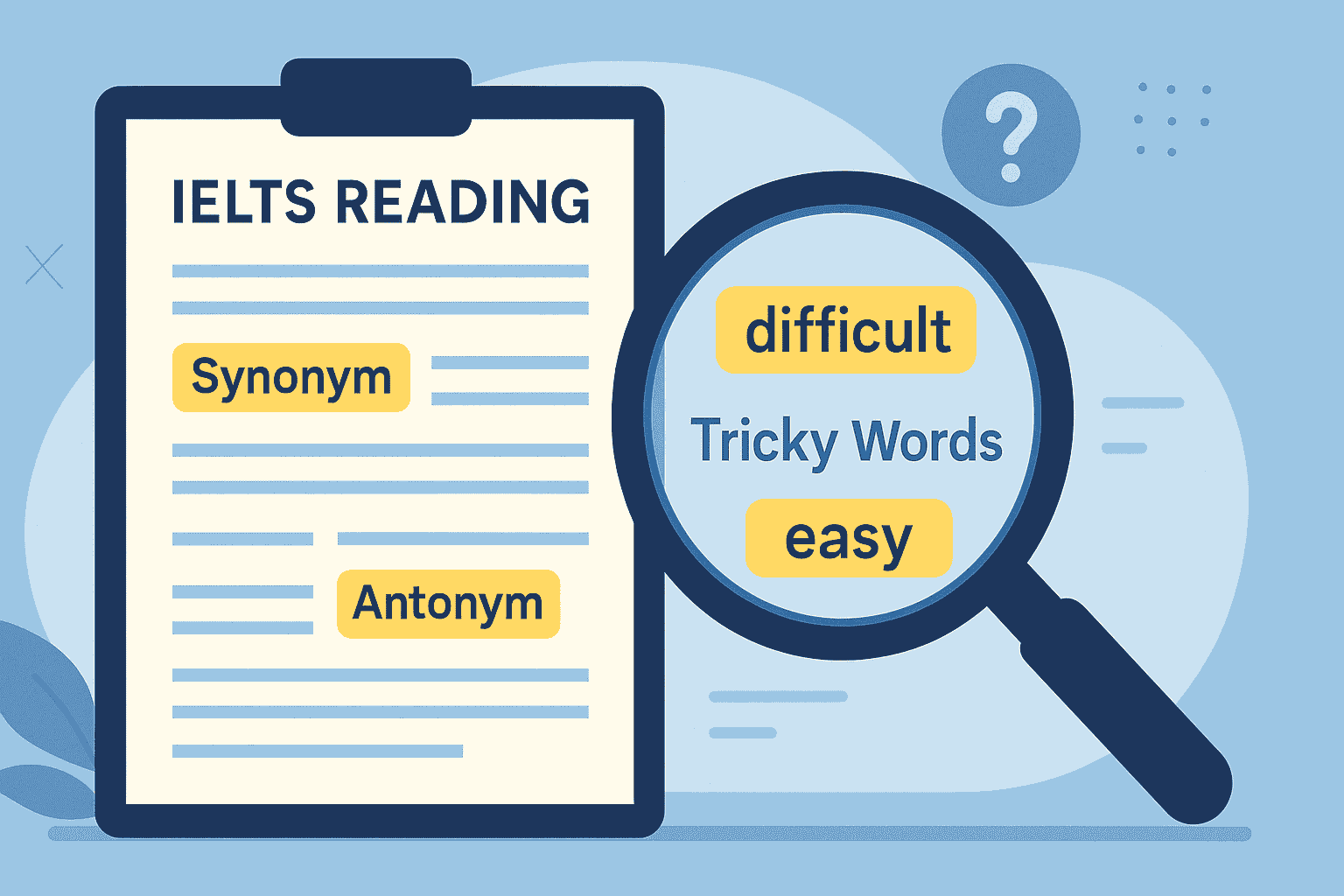If you’ve ever struggled with IELTS Reading True / False / Not Given questions, you’re not alone. Over the years as an international IELTS teacher, I’ve seen countless students lose marks on this tricky question type—not because they couldn’t read English, but because they misread what the test was really asking.
In this guide, I’ll share the step-by-step strategies, real student mistakes, and practical tips that have helped my learners achieve Band 7–9 in the Reading section.
Understanding True / False / Not Given Questions
Before we dive into strategies, let’s break down what this question type is really testing.
- True – The statement exactly matches the information in the passage.
- False – The statement contradicts the passage.
- Not Given – There is no clear information in the passage to confirm or deny the statement.
A common mistake I see among students is assuming “Not Given” means “False.” In reality, Not Given simply means the passage doesn’t provide enough information. Recognising this difference is the first step to accuracy.
Why Students Struggle with True / False / Not Given
Many of my students initially lose points here for three main reasons:
- Reading too quickly and missing keywords
- Relying on their own knowledge instead of the passage
- Getting confused between False and Not Given
One of my students from Vietnam once told me, “Teacher, I thought everything that wasn’t True was False!” After just two lessons using my scanning technique, he scored Band 8 in Reading.
Step-by-Step Strategy to Answer Correctly
Here’s the exact strategy I teach my students to handle IELTS Reading True / False / Not Given with confidence:
1. Read the Statements First
Focus on the statements before the passage. Underline keywords like dates, names, numbers, and adjectives.
2. Locate the Information Using Scanning
Use scanning to locate the keywords or their synonyms in the passage. (Learn more about scanning in our IELTS Reading Skills Band 7–9 guide).
3. Check for Synonyms and Paraphrasing
IELTS loves to paraphrase. For example, if the statement says “The factory closed in 1998”, the passage might say “Operations ended at the plant in the late 1990s.”
4. Match Meaning, Not Just Words
Ask yourself:
- Does the passage support the statement? → True
- Does the passage say the opposite? → False
- Does the passage not give enough information? → Not Given
5. Avoid Overthinking
If you can’t find a clear answer after two careful scans, it’s almost always Not Given.
Common Traps and How to Avoid Them
From my teaching experience, here are the traps IELTS uses to confuse test-takers:
- Using partial information – The passage gives part of the detail but leaves out a key fact → usually Not Given.
- Adding your own knowledge – Forget what you know about the topic. Only the passage matters.
- Similar words ≠ Same meaning – “Increase” and “Rise” are synonyms, but “Stable” is different from “No change.”
One of my Bangladeshi students always assumed any missing detail was False. Once he mastered ignoring background knowledge, his accuracy jumped from 50% to 90%.
Practice Example
Passage:
In 2010, the city council launched a recycling initiative that reduced waste by 30% in the first year.
Statement:
The recycling initiative increased the city’s waste in 2010.
- Answer: False (it says “reduced waste by 30%”)
Statement:
The recycling initiative continued for the next five years.
- Answer: Not Given (the passage doesn’t mention the duration)
Expert Tips to Boost Your Score
Here are my top tips to consistently score high in this question type:
- Don’t spend more than 1 minute per question—move on if unsure.
- Highlight and number the questions to avoid losing your place.
- Review Cambridge practice tests—they’re closest to the real exam.
For more structured strategies, explore our IELTS Reading Question Types Guide and our IELTS Reading Vocabulary Band 7–9 resources.
Trusted Official Resources
If you want to practice with official materials, check out:
FAQs: IELTS Reading True / False / Not Given
Q1: What’s the main difference between False and Not Given?
False directly contradicts the passage; Not Given means no clear info is provided.
Q2: Should I guess if I’m not sure?
Yes! There’s no negative marking, so leaving it blank is a wasted chance.
Q3: How can I improve quickly?
Focus on keyword scanning and paraphrase recognition. Use at least 10 Cambridge practice tests before your exam.
By following this guide and practicing with a clear strategy, you can turn IELTS Reading True / False / Not Given from a weakness into a scoring opportunity. Many of my students have done it—and you can too.




